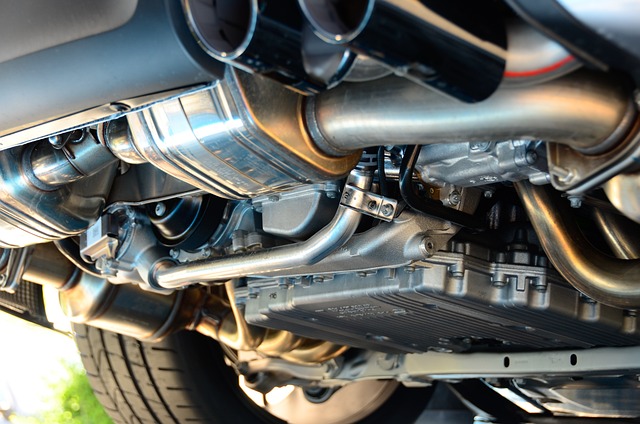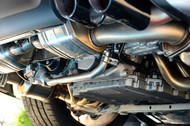Help! There's Water in My Transmission
16th Dec 2022

Have you discovered water in your vehicle's transmission? Regardless of how many gears it features, it shouldn't contain any water. When pulling the dipstick, you should only see thick fluid in your vehicle's transmission. If you notice water in the transmission -- or on the dipstick itself -- you'll need to investigate to determine what's causing it. Allowing water to go unnoticed can destroy your vehicle's transmission while potentially leaving you stranded on the side of the road.
Cracked Radiator Transmission Cooler
A cracked radiator transmission cooler can cause water to enter your vehicle's transmission. Most vehicles with an automatic transmission have a transmission cooler built into the radiator. The transmission cooler is essentially a separate compartment in the radiator. Transmission fluid will flow through the transmission cooler to release heat.
Radiator transmission coolers can crack, however. Depending on where the crack occurs, it may breach the wall separating the transmission cooler compartment of the radiator from the water-based coolant compartment. As a result, transmission fluid may enter your vehicle's cooling system, or water-based coolant may enter your vehicle's transmission.
Not Changing Transmission Fluid Regularly
When was the last time that you changed your vehicle's transmission fluid? The longer it goes unchanged, the greater the risk of contaminants like water entering your vehicle's transmission and mixing with the fluid.
Most automakers recommend changing the transmission fluid every 30,000 to 100,000 miles. Some types of vehicles can go longer without fresh transmission fluid. But neither engine oil nor transmission fluid lasts indefinitely. If you don't change your vehicle's transmission fluid according to the automaker's recommendations, you may experience water in it.
Poorly Seated Dipstick
Another common cause of water in the transmission is a poorly seated dipstick. If it's not pushed all the way into the tube, water and other contaminants may enter your vehicle's transmission.
You can still check your vehicle's transmission fluid by pulling the dipstick, but you should make sure it's fully seated. If the dipstick is loose or otherwise not properly seated, it will create an entry point for water.
Water can wreak havoc on automotive transmissions. Transmissions consist of mechanical gears that turn during use. When exposed to water, these gears may rust and corrode. This can result in your vehicle "slipping," or your transmission may go all altogether. Some of the most common causes of water in the transmission include a cracked radiator transmission cooler, not changing the transmission fluid regularly and a poorly seated dipstick.


